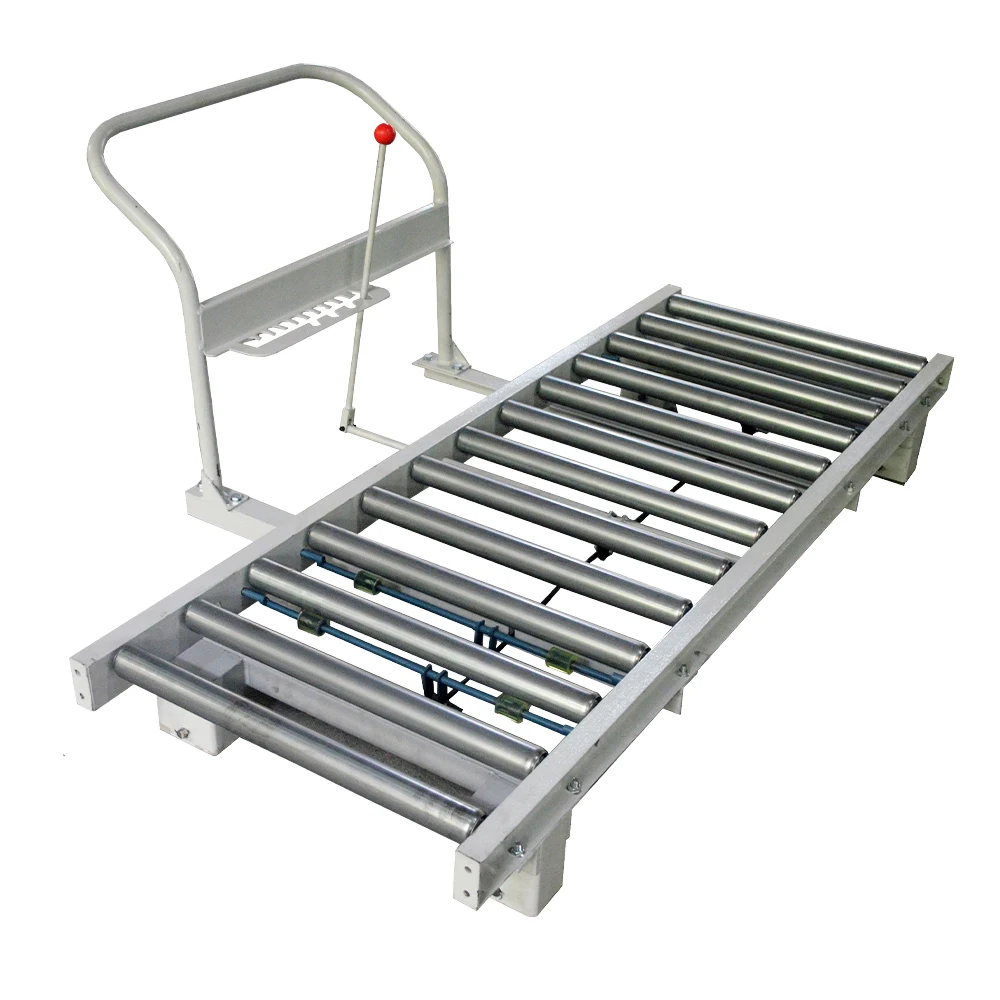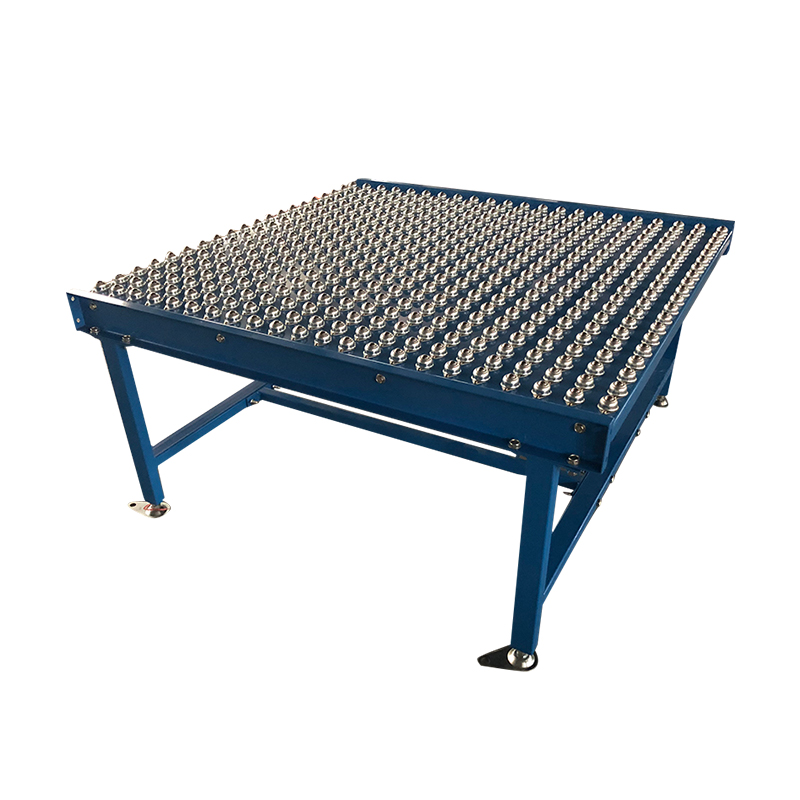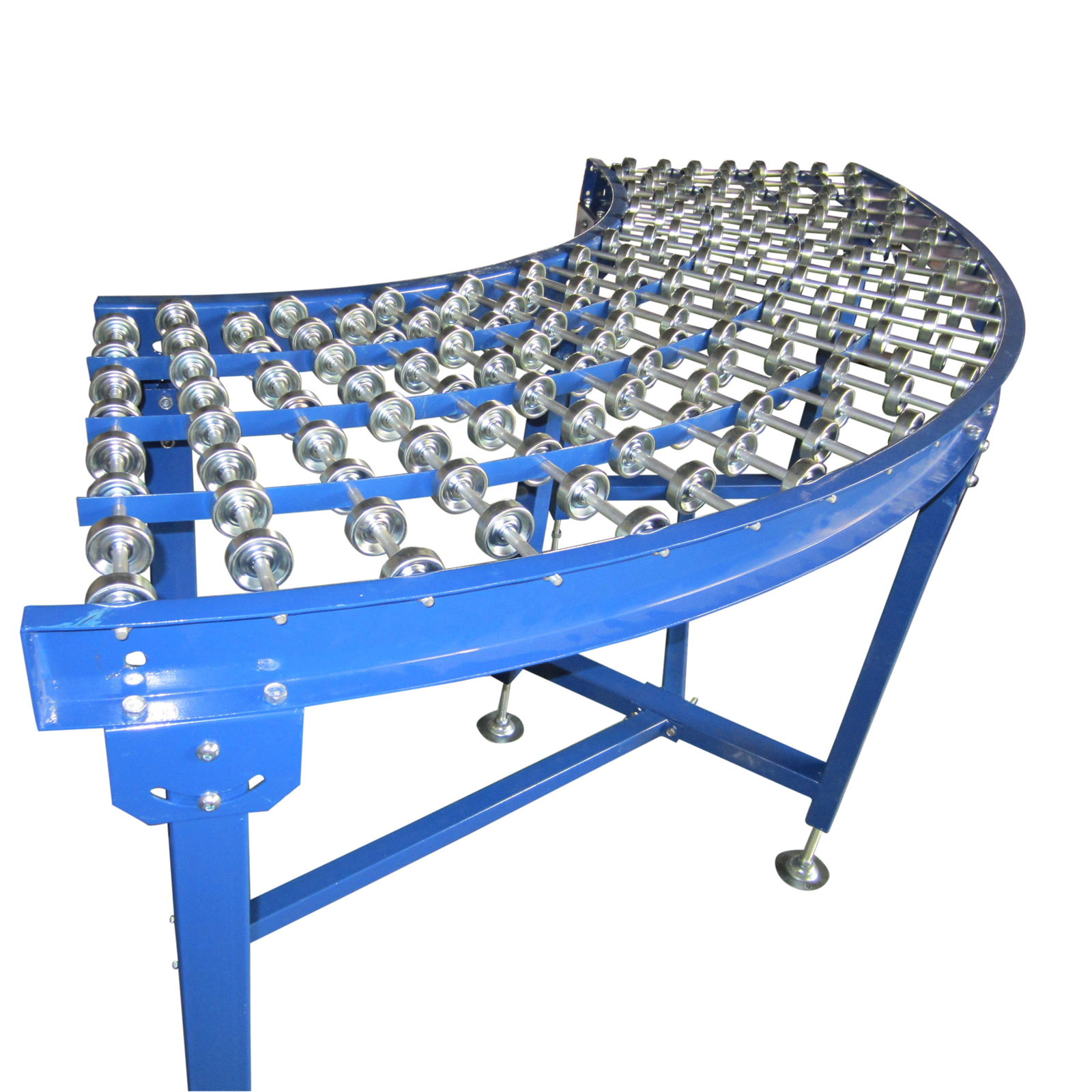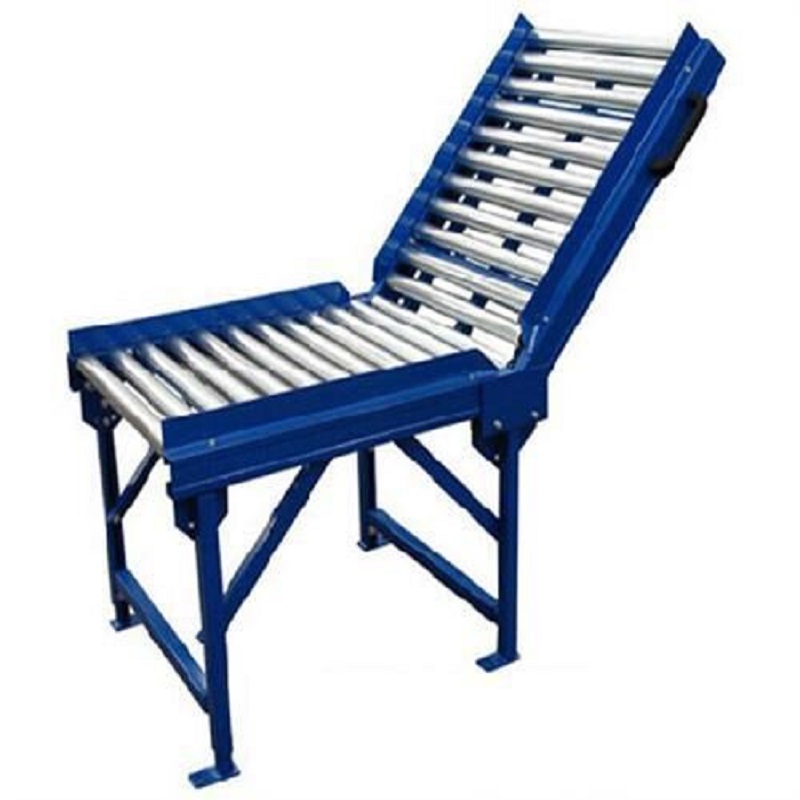Gravity Roller Conveyor System
型号:
2. It is designed for handling of boxed unit load with flat bottom.
3. It is used in warehousing, packing line and loading/unloading etc.
4. Modularized design, and easy assembling.
5. Product flow depends on pushing or on gravity of product at a certain incline angle.
Non-powered roller conveyors are one of the most common types of conveying equipment. They are cylindrical components that manually drive belts or conveyors to change their direction of travel. They are mainly made of steel tubes, plastic tubes and high strength and high precision round steel cylinders. The inner shafts of the non-powered roller conveyors are manufactured from small diameter drawn round steel, while the larger diameter high precision ones can be turned.
The dimensions of a non-powered roller include the tube diameter, the shaft diameter, the length of the roller (body + sprocket), the wall thickness of the tube diameter and the specification of the drive belt required. For example, the length of the drum should be defined according to the size of the items to be transported, and the wall thickness of the tube diameter should take into account the weight of the items to be transported and the way in which they are placed. The length of the rollers can be customised during the design process.
The non-powered roller conveyor is mainly used for conveying all types of smart appliances, pallets and packages of goods, some loose materials and small items that need to be placed on pallets or in crates for transfer transport. High reliability.
The non-powered roller conveyor plays a major role in the transport of intelligent appliances.
- Gravity conveyor is used in indoor environment.
- It is used for transport and buffer storage of boxed unit load with flat bottom.
Features:
- Modularized design and easy assembling.
- Product flow depends on pushing or gravity of product at a certain incline angle.
Standard size:
| Conveyor Model | Straight / Curved ( 30°, 45°, 90°, 180°) |
| Roller Material | Plastic, galvanized steel, stainless steel |
| Roller Diameter | Ø50mm, Ø60mm, Ø63.5mm, Ø76mm, Ø89mm |
| Frame Width (B/B) | 400mm, 500mm, 600mm, 800mm, 1000mm, 18’’, 24’’ |
| Formed Steel for Frame | 90*30*3mm, 120*40*3mm etc. |
| Roller Pitch | 75mm, 100mm |
| Stands | Yes |
| Frame Surface Treatment | Powder coating |
| Load Capacity | 200 kg/m (Metal roller, B/B=500mm, P=100mm) |

Able to move heavy and awkward shaped items, these conveyors are a crucial part in manufacturing and packaging lines. The units are incredibly versatile as they include innovative interlocking hooks allowing for the addition of a conveyor sections as per workplace requirements.
When selecting a conveyor it is recommended that a minimum of three rollers are supporting the footprint of the smallest product. This ensures goods can be transported with absolute ease. Load sizes will determine the roller pitch required for your conveyor system by applying this rule. Customized conveyor systems are available upon request.
1. It is used for transport of all kinds of products.
2. Modularized design and easy assembling.
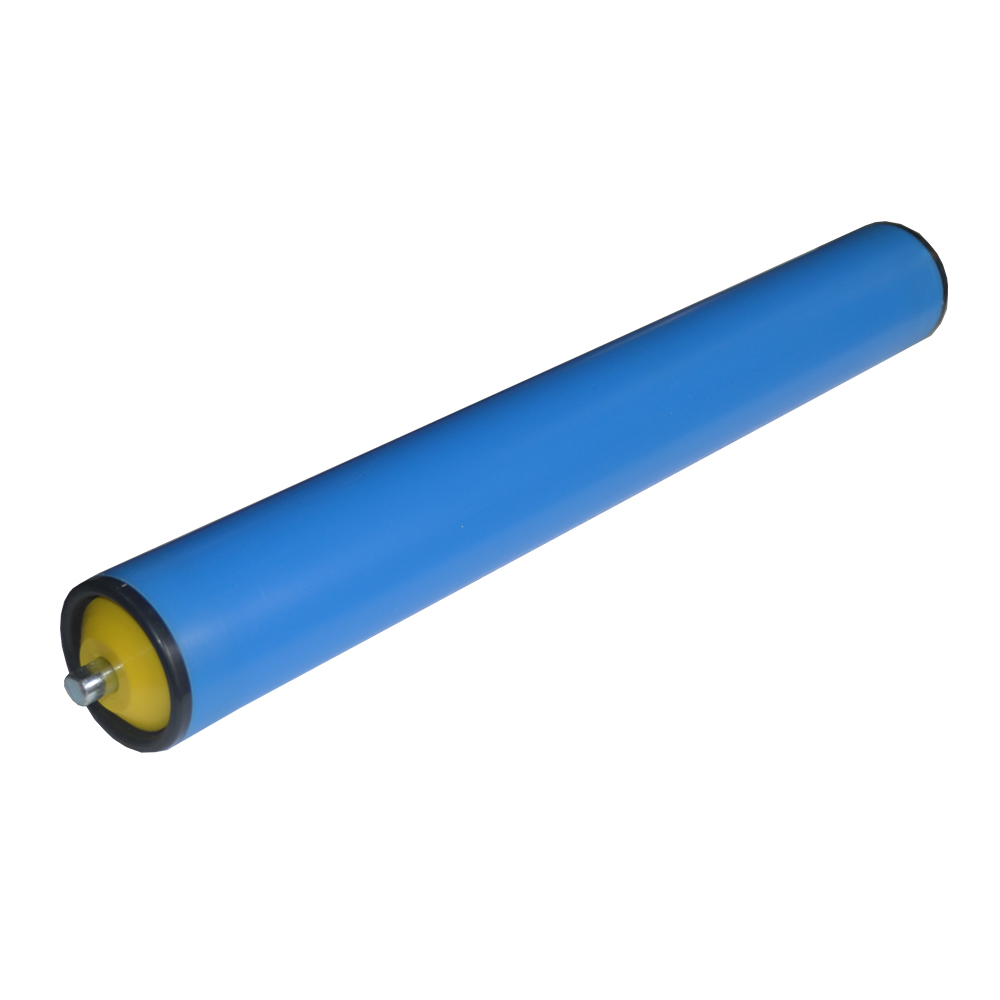
NH2100 light duty conveyor roller
Conveyor rollers are used in unpowered (gravity-flow) roller conveyors, powered roller conveyors, roller-bed belt conveyors, and material transport stands to support and move bulky items such as boxes and totes. We Offe
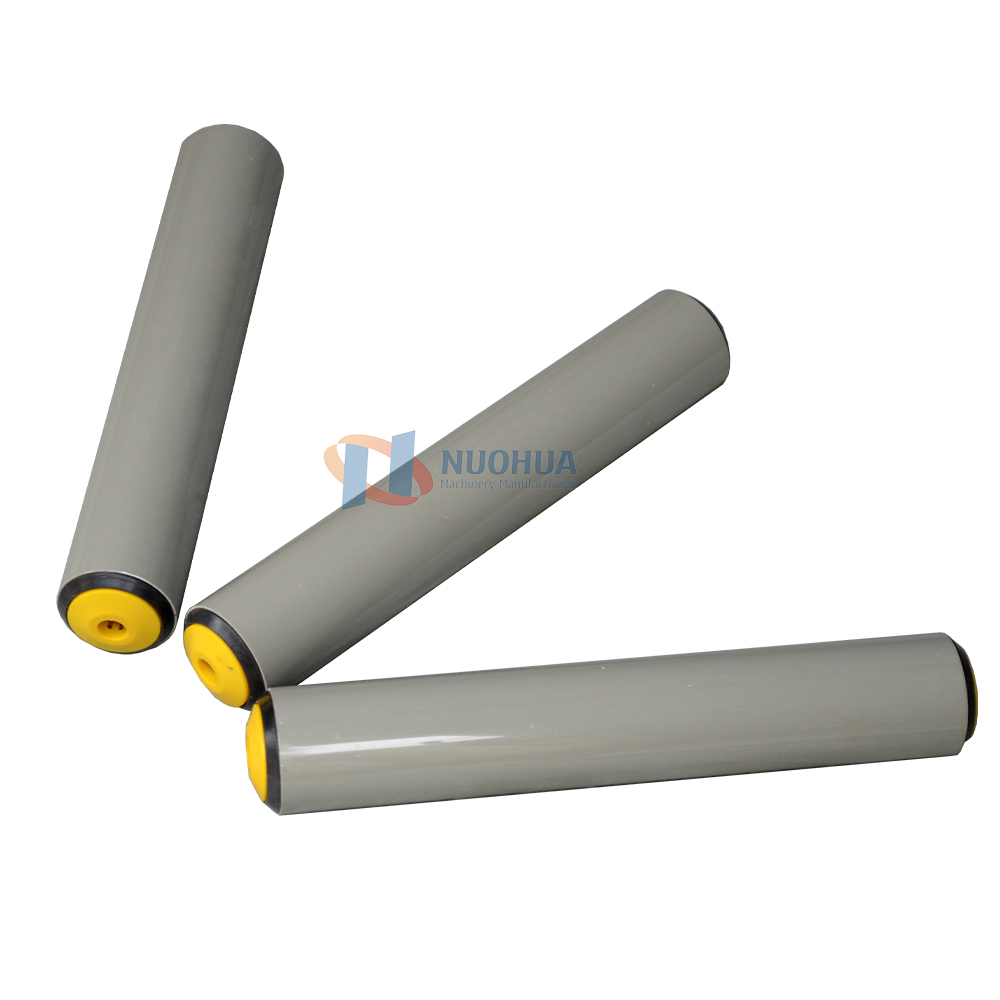
NH2200 light heavy duty conveyor roller
We Offer full series of conveyor roller for conveyors, ground support equipments, packing machines etc.
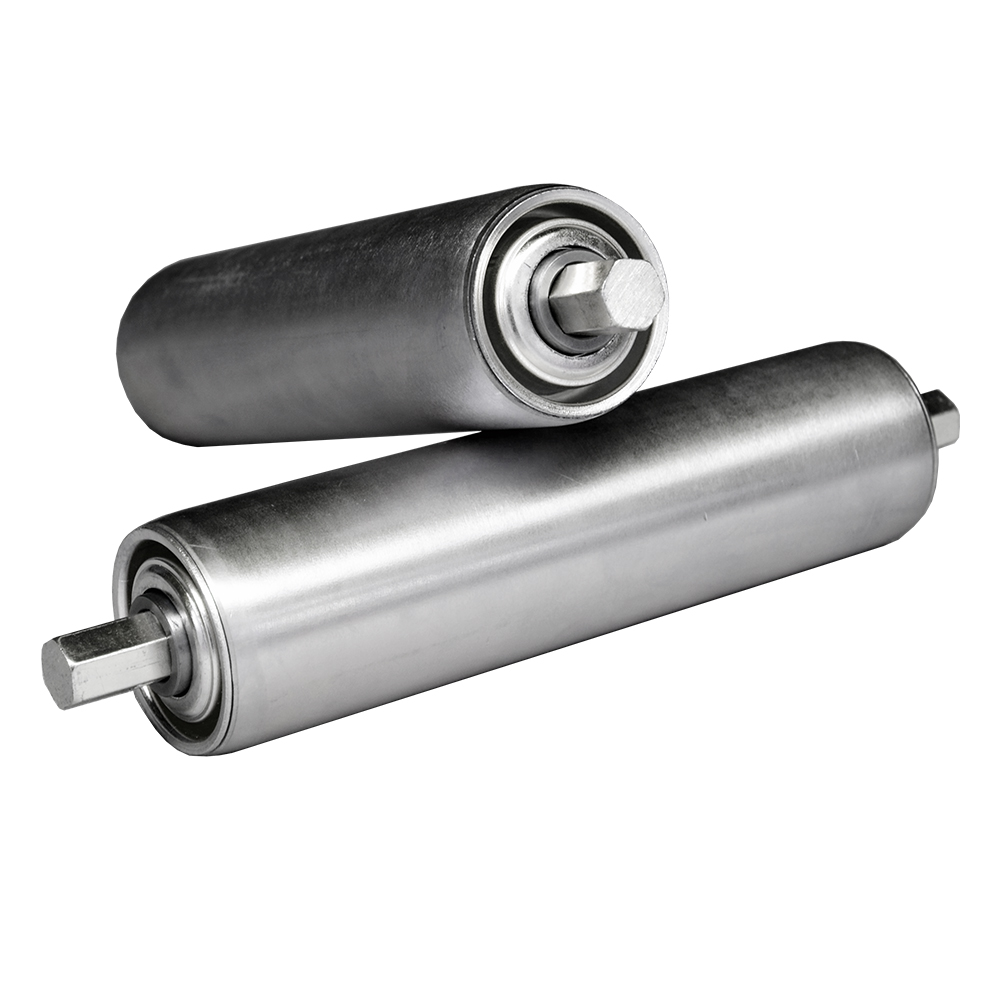
NH2300 light, mid-duty gravity conveyor roller
We Offer full series of gravity conveyor roller for conveyors, ground support equipments, packing machines etc.

NH2400 mid-heavy duty conveyor roller
Conveyor rollers are used in unpowered (gravity-flow) roller conveyors, powered roller conveyors, roller-bed belt conveyors, and material transport stands to support and move bulky items such as boxes and totes.
NH2500/2600 Tapered Conveyor Roller
The different diameters over the length of the Tapered Conveyor Roller i.e. small one end and large the other end, provides a linear velocity to ensure smooth conveying of goods around the curve.








